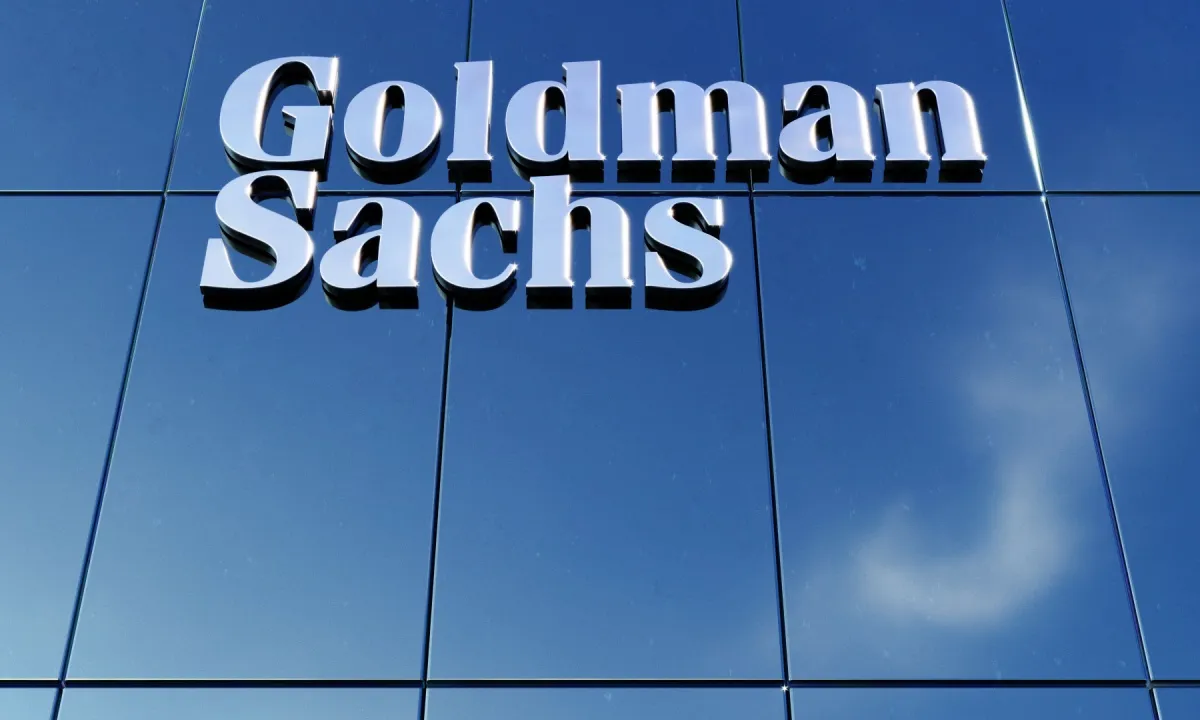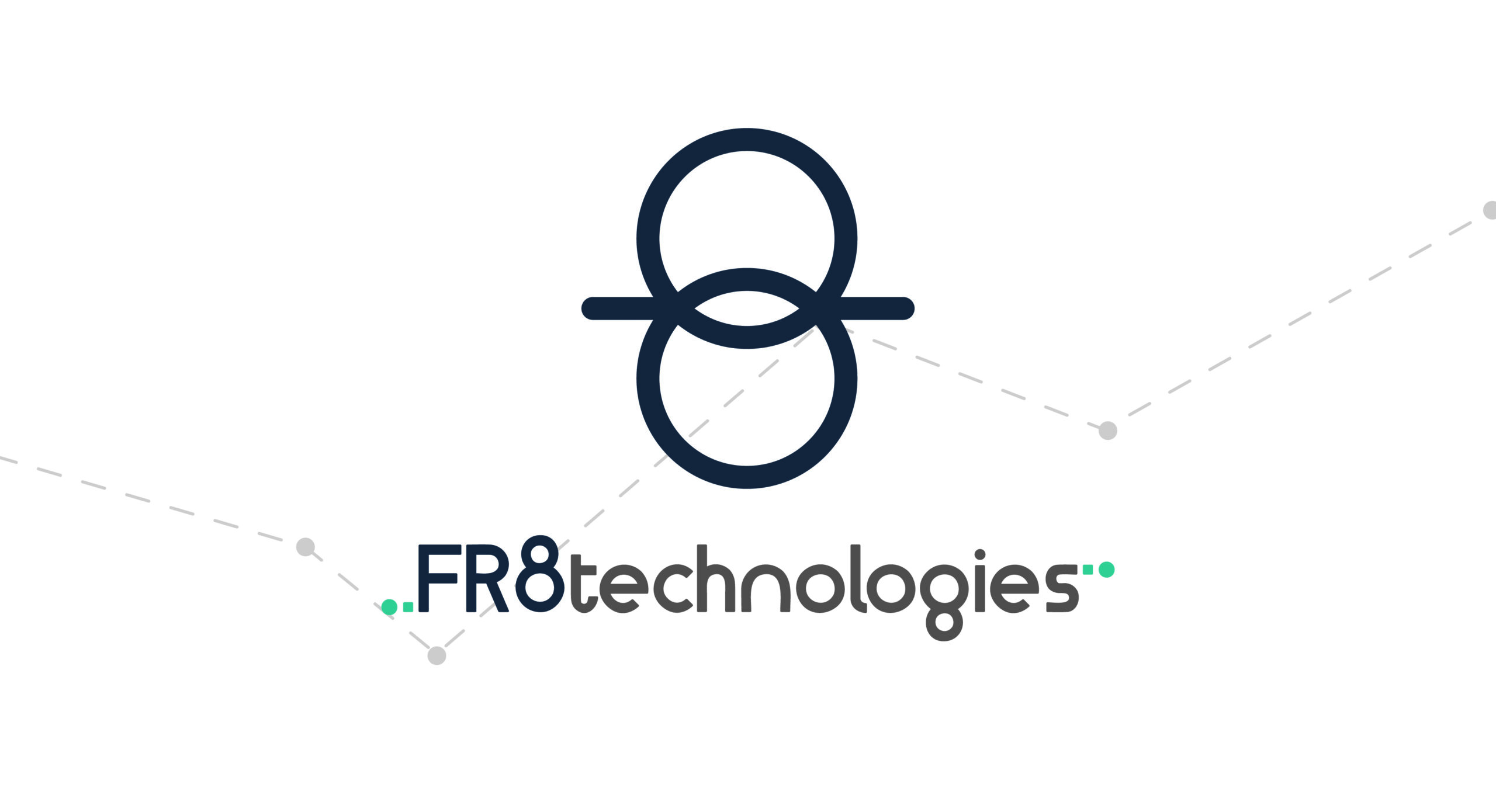The landscape of cryptocurrency investments is continuously evolving, with liquid restaking tokens (LRTs) emerging as a significant player, amassing a total value locked (TVL) close to $8 billion. This burgeoning interest is predominantly fueled by protocols such as Etherfi, Renzo, Kelp, Puffer, and others, which have witnessed substantial growth in deposits in recent months.
The spike in deposits can be attributed to the utilization of EigenLayer through these platforms, allowing users to maintain access to their funds while engaging in restaking activities. Etherfi leads the pack with a TVL surpassing $3.2 billion, followed by Renzo with $2 billion, and Puffer with $1.3 billion. Other notable mentions include Kelp with over $740 million, EigenPie at $328 million, and Swell at $265 million, highlighting the diverse ecosystem that supports liquid restaking.
Liquid restaking offers a novel approach by enabling token holders to stake their tokens on EigenLayer, thus contributing to its economic security. This model stands apart from traditional liquid staking, which generally involves staking assets through a service provider and receiving receipt tokens in return. The distinction lies in EigenLayer’s capacity to let users deposit and “restake” ether from various liquid staking tokens, aiming to secure third-party protocols.
The total value locked in EigenLayer has now soared beyond $13 billion, underscoring its pivotal role in enhancing the security of networks such as rollups, oracles, data availability platforms, and similar services. Despite a temporary opening for restaking deposits on EigenLayer with liquid staking tokens, the window has since closed. Nonetheless, LRT protocols remain an attractive option for users looking to deposit funds on EigenLayer, particularly when direct restaking limits are nearly reached.
Protocols like EtherFi, Renzo, and Kelp continue to accept ether deposits, restaking them on behalf of users and issuing derivative tokens. These activities are incentivized through EigenLayer’s rewards system, which grants points for ether deposits. These points not only improve users’ chances of receiving tokens from EigenLayer but also enable them to benefit from potential dual airdrops.
Furthermore, the added incentives from protocols, awarding two types of points – one from Eigen and another from the protocol itself – amplify the appeal of LRTs. For instance, restaking an LST like stETH through Kelp not only yields points from EigenLayer but also from KelpDAO, thereby enhancing the rewards potential for users.
The rise of liquid restaking tokens reflects a significant shift in the cryptocurrency landscape, offering novel avenues for securing and enhancing network infrastructures.
As the TVL approaches the $8 billion mark, it’s clear that the synergy between EigenLayer and LRT protocols is catalyzing a new era of growth and security in the crypto domain. This evolving ecosystem promises to redefine the boundaries of cryptocurrency investments, signaling a bright future for innovative financial technologies.






 Bitcoin
Bitcoin  Ethereum
Ethereum  Tether
Tether  XRP
XRP  Solana
Solana  USDC
USDC  TRON
TRON  Dogecoin
Dogecoin  Lido Staked Ether
Lido Staked Ether